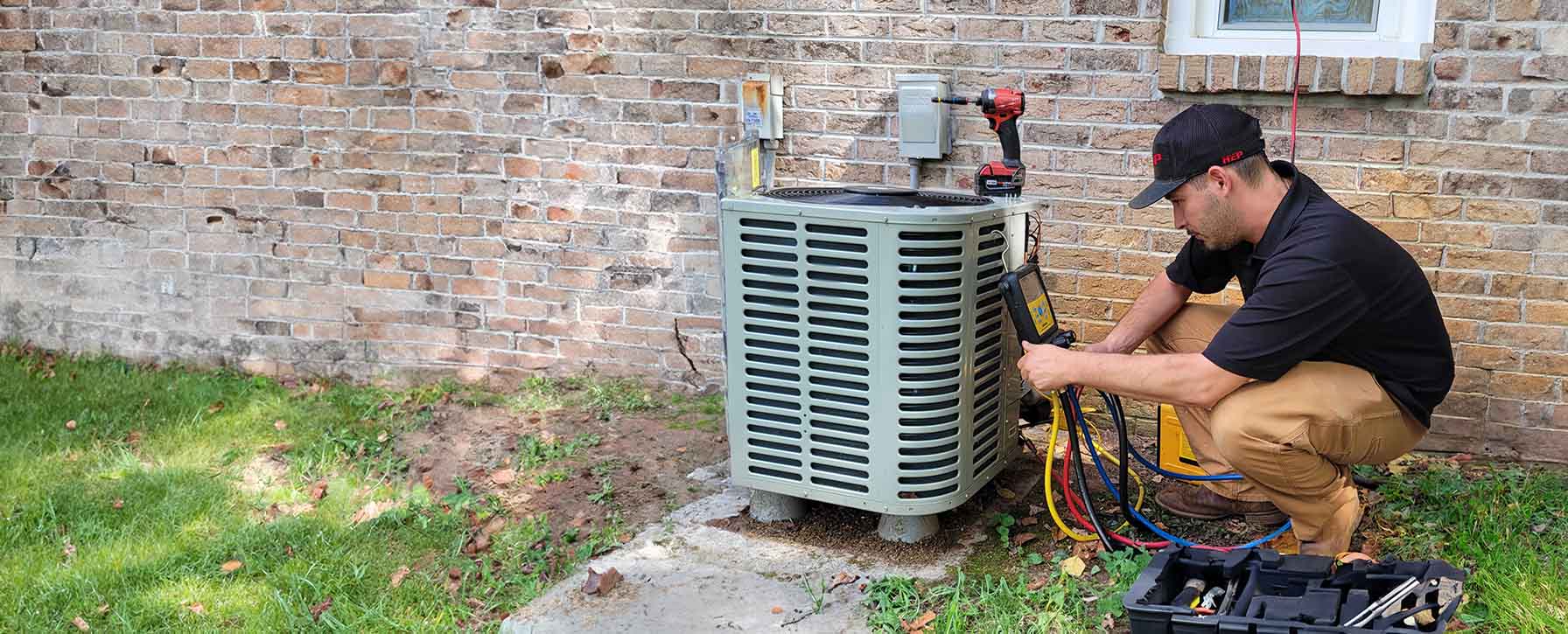

Indoor Climate
Your trusted partner for professional home services. Quality workmanship, guaranteed satisfaction.




- HEP
- Indoor Climate
Indoor Climate | Ventilation and Air Quality | Heating and Air Conditioning | Turtletown
When the mountain breeze turns brisk or summer humidity clings to every surface, Turtletown homeowners turn to HEP for comfort they can count on. Our seasoned technicians design, install, and maintain high-efficiency furnaces, heat pumps, and central air systems that keep each room at the perfect temperature—without spiking your utility bill. From smart thermostats that learn your schedule to whisper-quiet ductless units for hard-to-condition spaces, we customize solutions that fit your lifestyle and your budget.
Comfort, however, is more than just temperature. That’s why we place a premium on ventilation and air quality, pairing innovative ERV and HRV systems with hospital-grade filtration and UV purification. Whether you’re battling allergies, musty basements, or lingering cooking odors, we’ll refresh every cubic foot of air so you breathe easier and live healthier. With 24/7 emergency service, transparent pricing, and a 100 percent satisfaction guarantee, HEP keeps Turtletown feeling like home—no matter what the weather brings.
FAQs
Why is proper ventilation important for my home in Turtletown?
Turtletown’s mild, humid climate can trap moisture and outdoor pollutants inside tightly sealed houses. Adequate ventilation—whether through a mechanical fresh-air system, energy-recovery ventilator (ERV), or simply controlled exhaust fans—dilutes indoor contaminants such as cooking fumes, cleaning chemicals, and excess humidity. This helps prevent mold growth, reduces allergy symptoms, and keeps carbon dioxide levels in a healthy range without wasting energy.
How often should I replace my HVAC air filters?
In most Turtletown homes, a standard 1-inch pleated filter should be changed every 60–90 days. If you have pets, allergy sufferers, or an ongoing construction project, change it every 30 days. High-efficiency media filters (4–5 inches thick) can last 6–12 months but still need monthly visual inspections. Clean filters improve airflow, reduce energy consumption by up to 15 %, and keep dust from accumulating on coils and ducts.
What is the ideal indoor humidity level and how can I control it?
Aim for 40–50 % relative humidity year-round. Below 30 % you may experience dry skin and static shocks; above 60 % mold, dust mites, and musty odors thrive. In summer, an appropriately sized air conditioner or heat pump naturally removes moisture, but you may need a whole-house dehumidifier during prolonged rainy spells. In winter, a steam or evaporative humidifier integrated with your furnace can add moisture without leaving water stains or breeding bacteria.
Can upgrading to a high-efficiency heat pump improve indoor air quality?
Yes. Modern variable-speed heat pumps run longer, quieter cycles at low speed, which means more consistent air circulation through filters and UV or electronic air cleaners. They also maintain steadier humidity levels by wringing out moisture during cooling mode. When paired with a dedicated fresh-air intake or ERV, a high-SEER2 heat pump can deliver both energy savings and cleaner, healthier air.
What maintenance tasks should I schedule before the heating or cooling season?
Bi-annual professional tune-ups—once in spring for cooling equipment and once in fall for heating—keep your system efficient and safe. A technician should: (1) inspect and clean indoor and outdoor coils, (2) test refrigerant charge, (3) verify airflow and static pressure, (4) lubricate moving parts, (5) check thermostat calibration, (6) flush the condensate drain to prevent water leaks, and (7) test safety controls and carbon-monoxide levels. Homeowners should also clear debris from outdoor units and keep supply and return vents unblocked.
Are there air purification add-ons that work with my existing system?
Absolutely. Options include MERV-13 media cabinets that slide into the return duct, germicidal UV-C lamps mounted near the evaporator coil, and electronic air cleaners (ionizers or polarized filters) that capture sub-micron particles without restricting airflow. For comprehensive protection against Turtletown’s seasonal pollen and occasional wildfire smoke, consider a whole-home HEPA bypass filter coupled with an activated-carbon stage to neutralize odors and VOCs. Most add-ons can be installed in a few hours without replacing your current furnace or air handler.